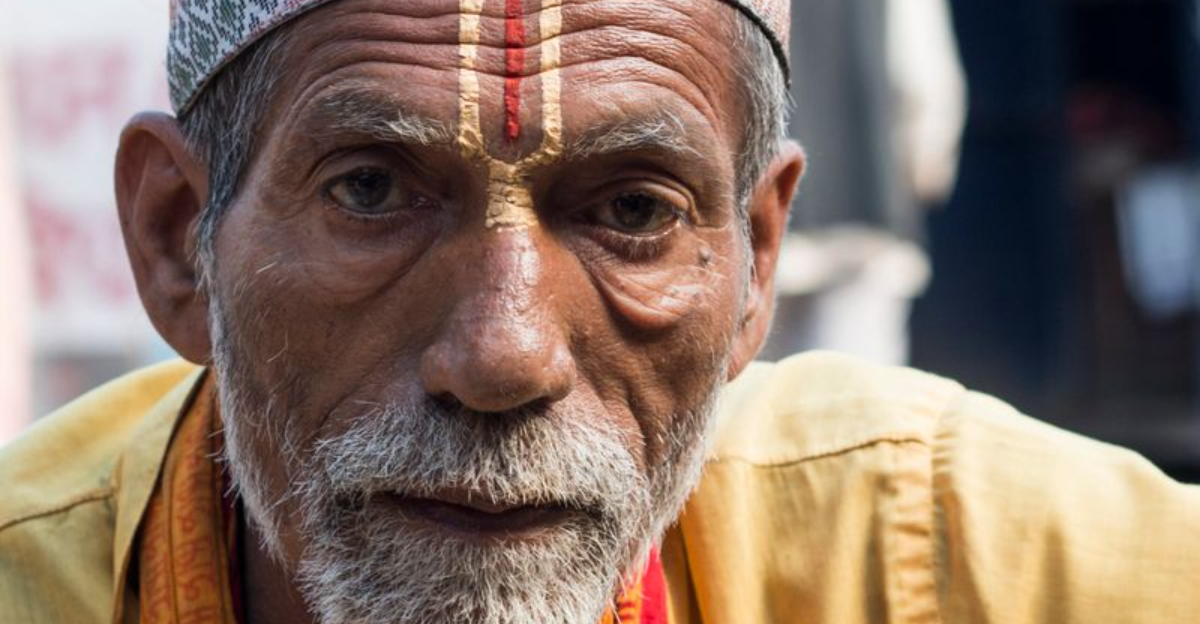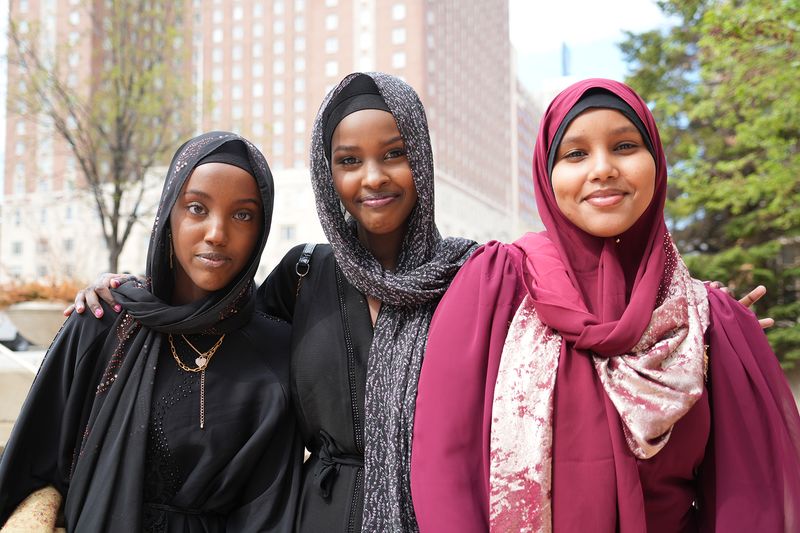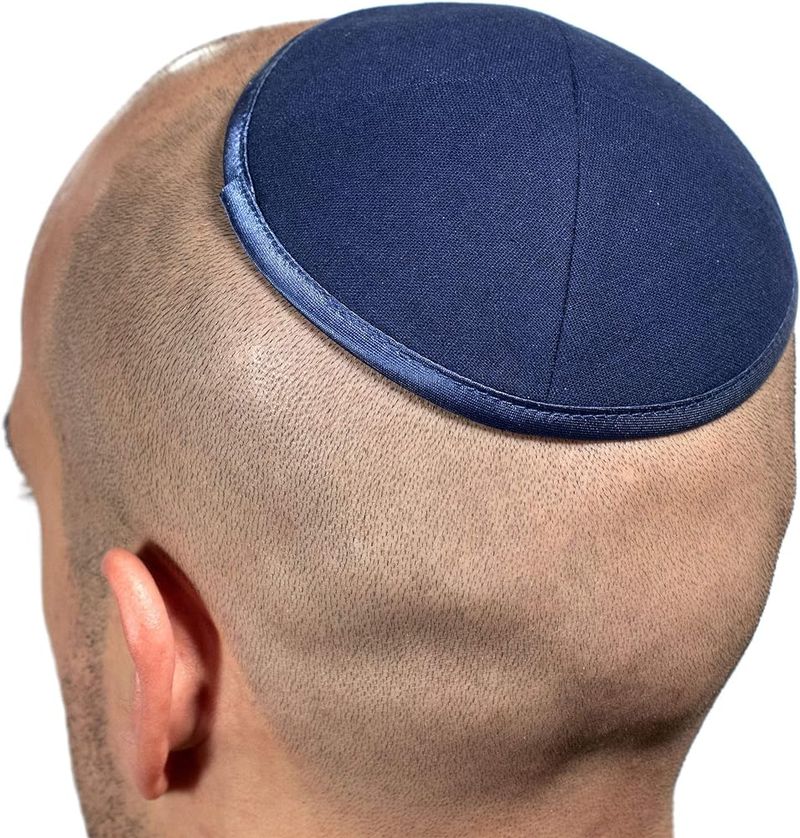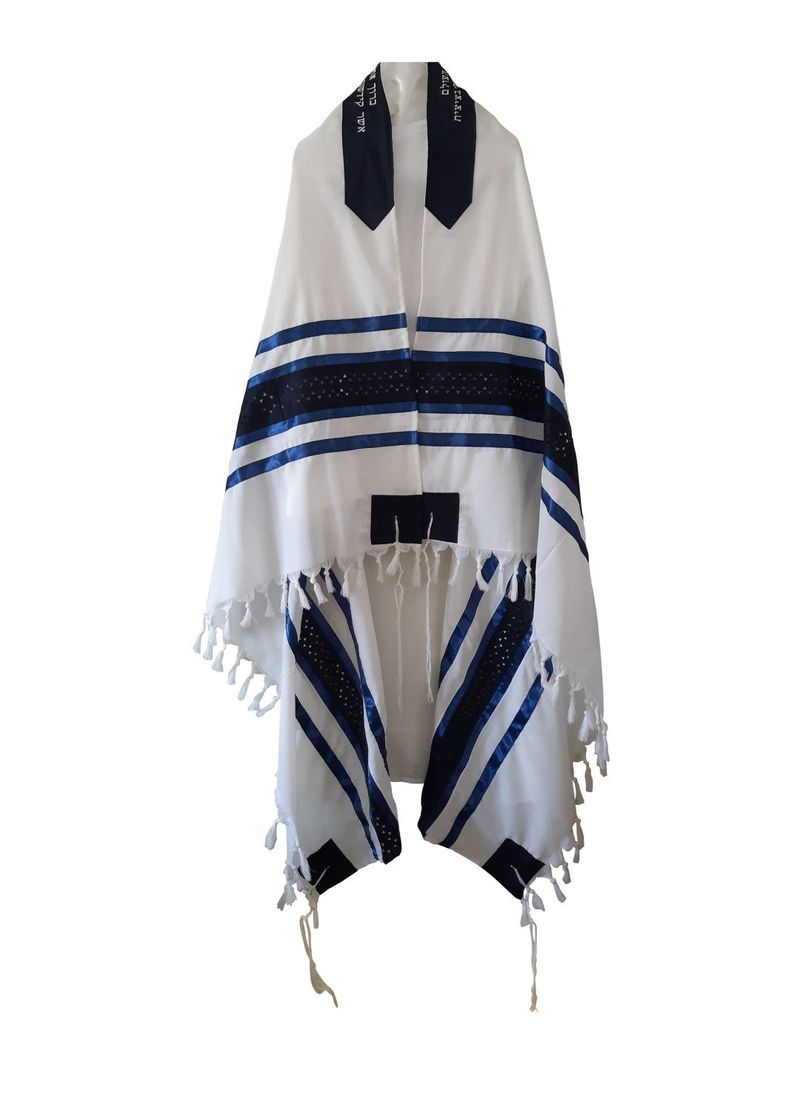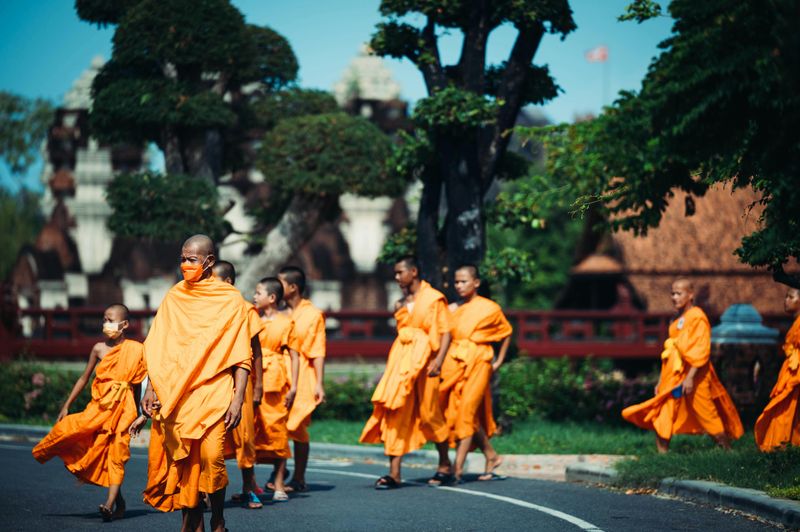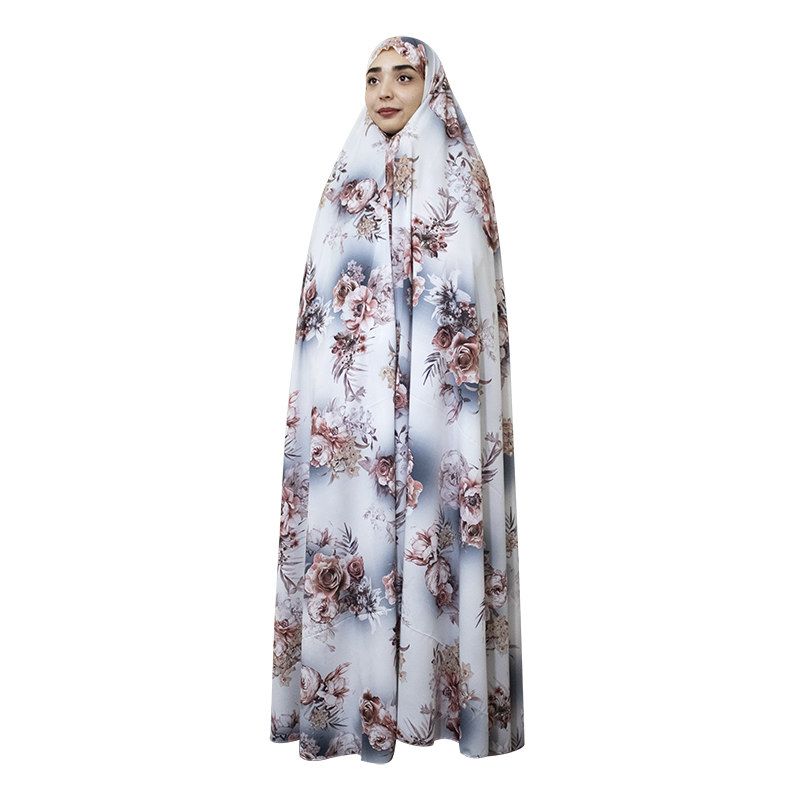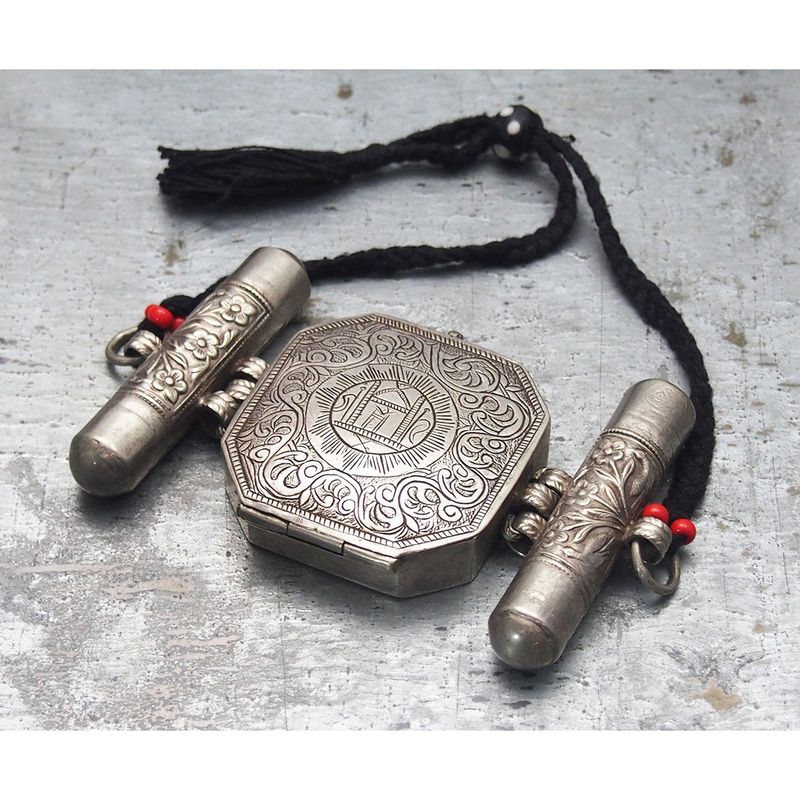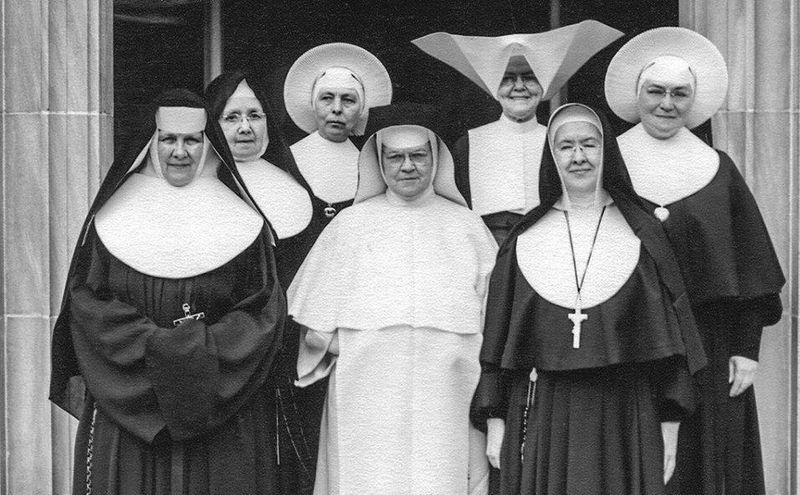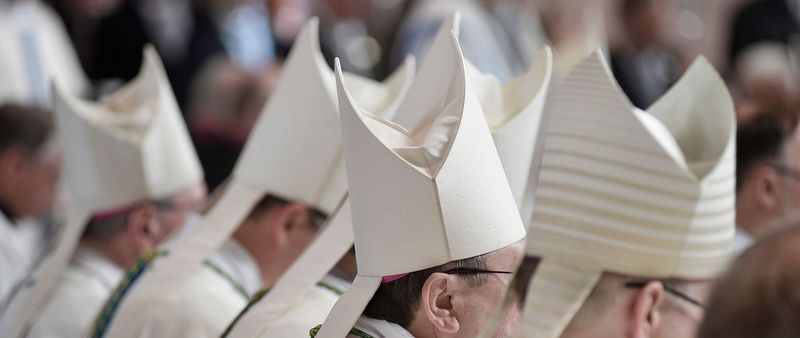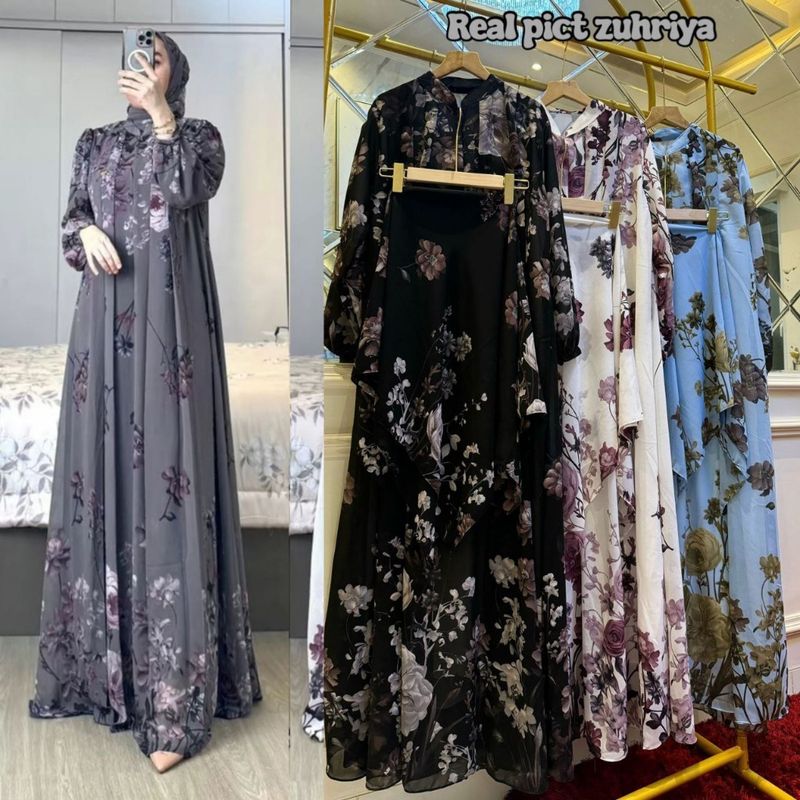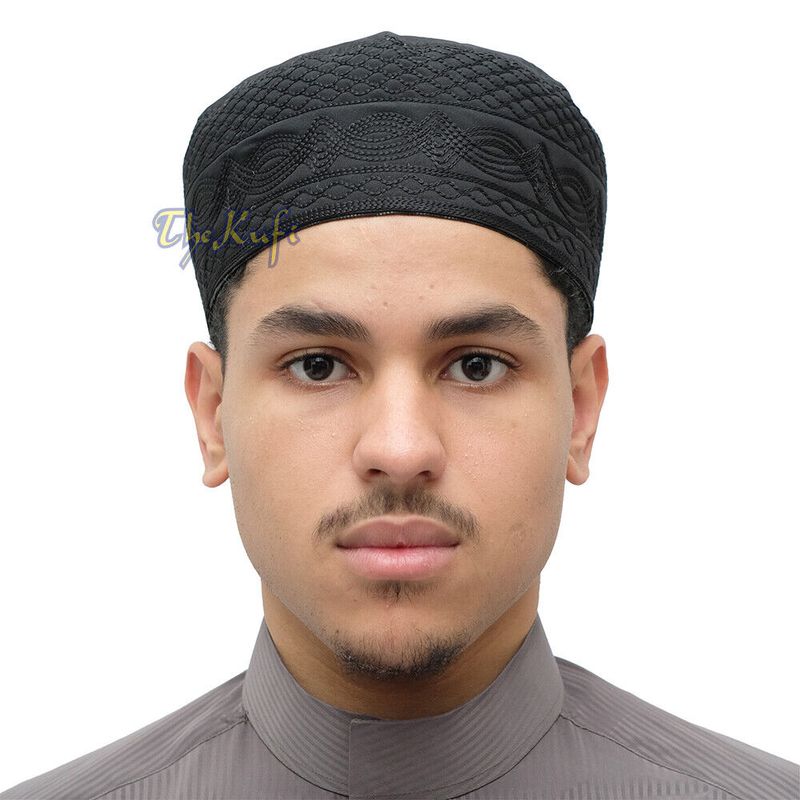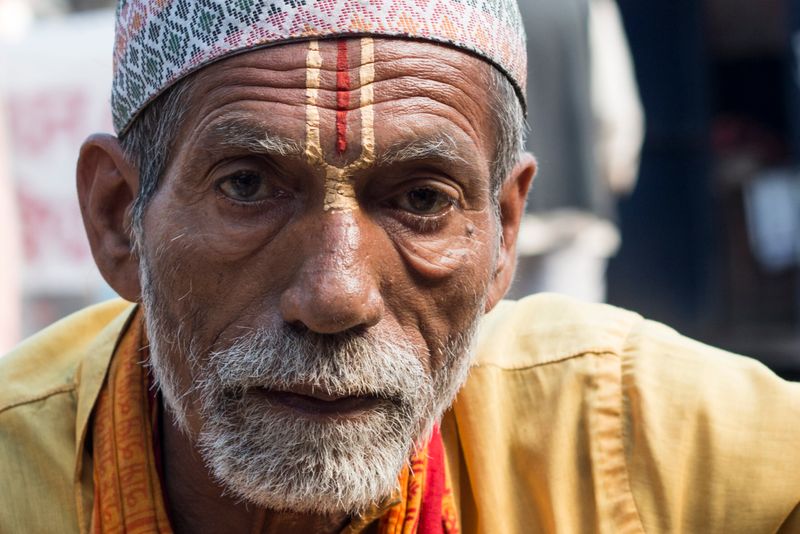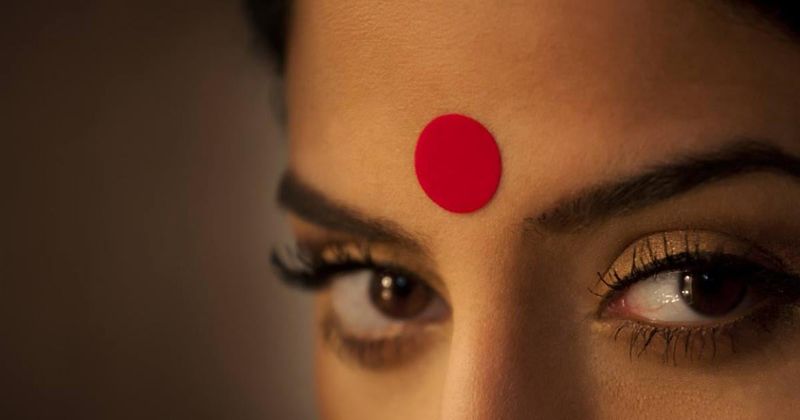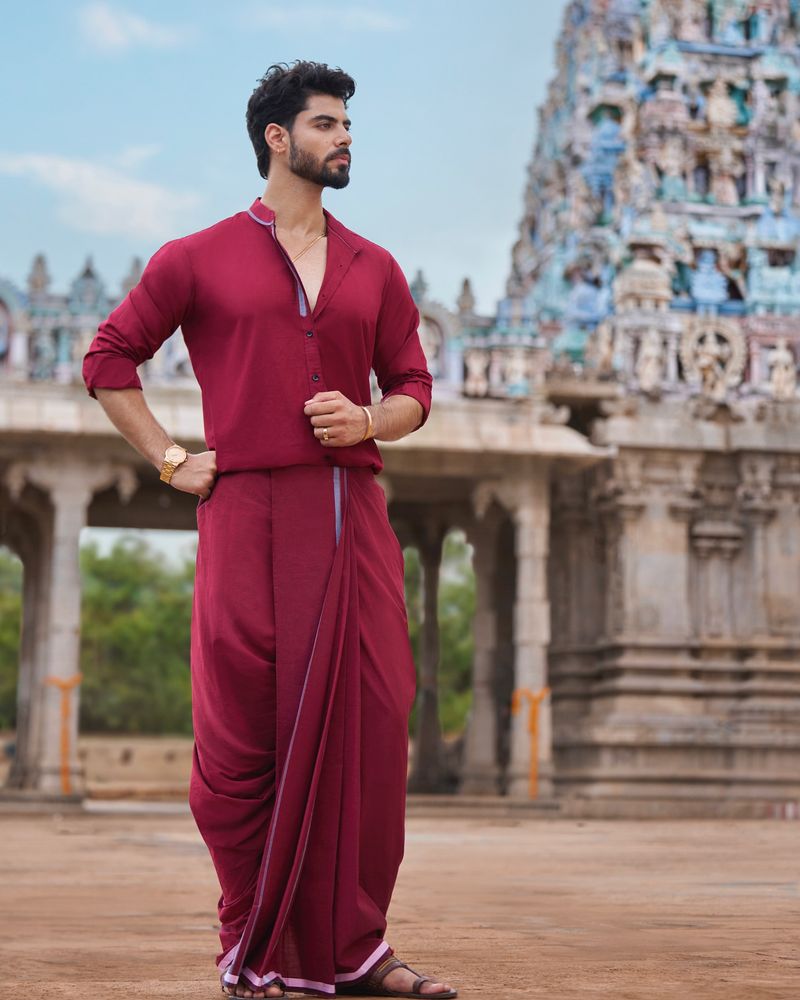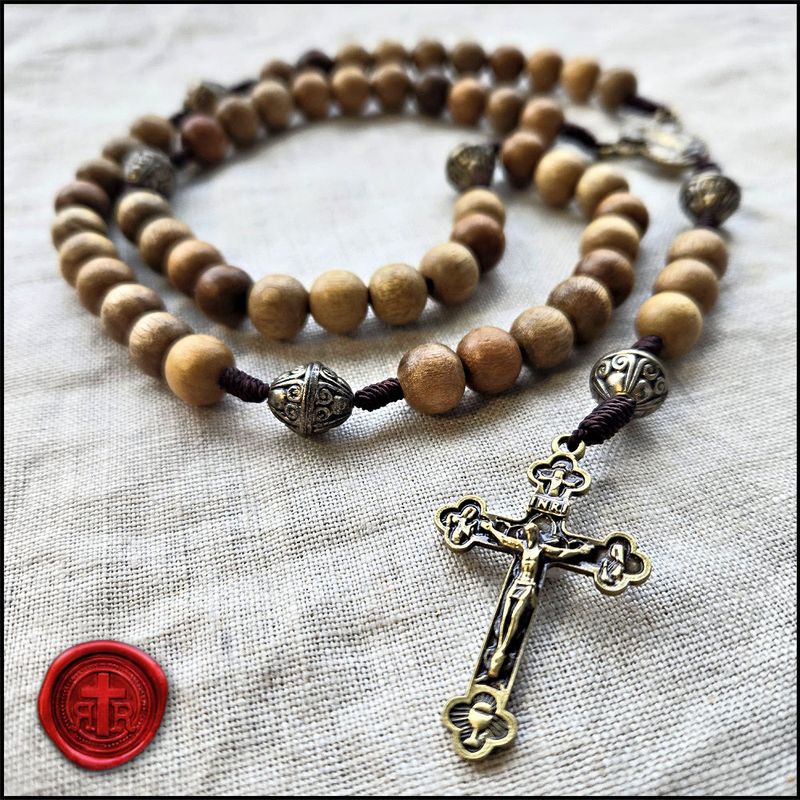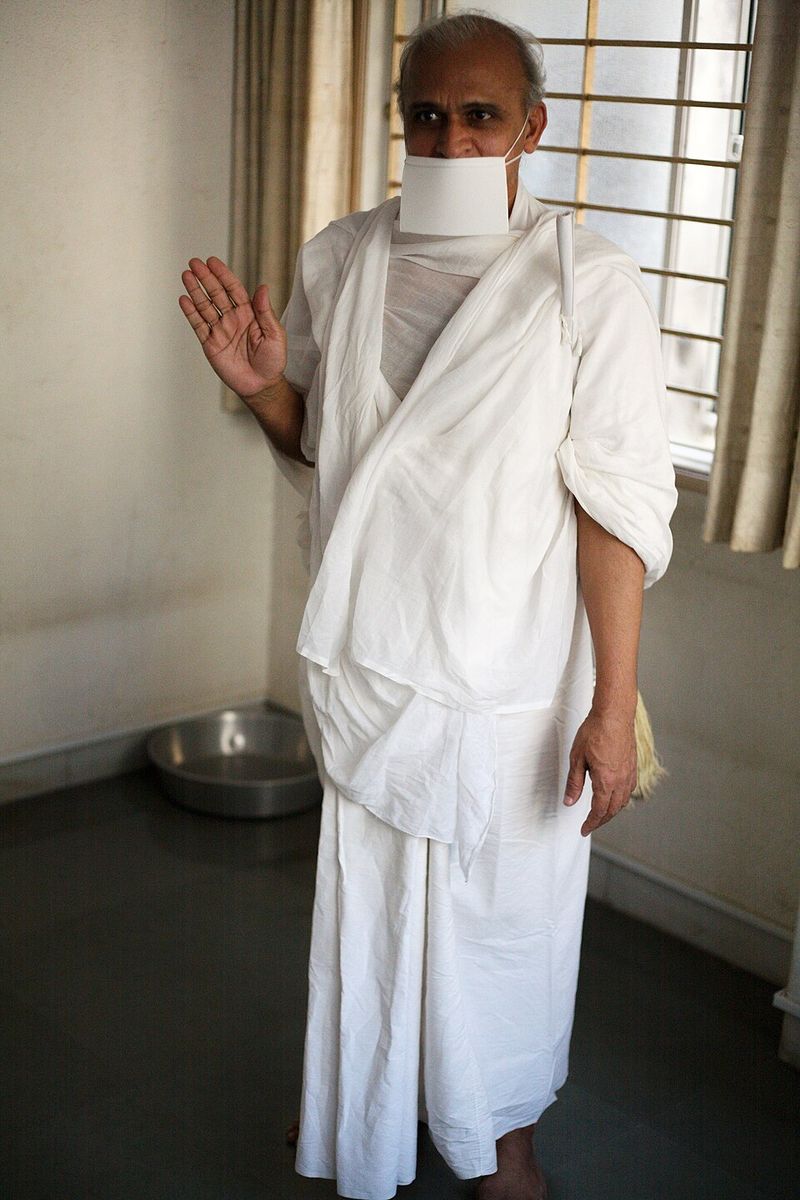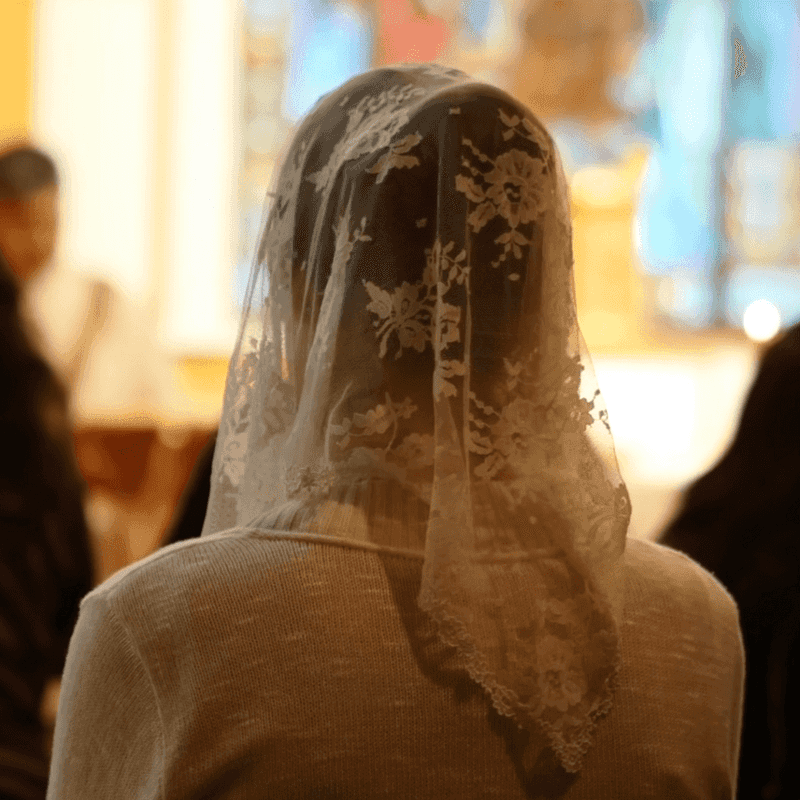Across various cultures and religions, clothing serves as a significant symbol of piety, identity, and tradition. These garments often hold profound meaning, not only as expressions of faith but also as representations of historical and cultural narratives.
From the modest Hijab in Islam to the sacred Buddhist robes, each piece of clothing tells a unique story of devotion and belief.
This blog post explores 21 distinct articles of religious clothing, each with its own rich background and significance, reflecting the diversity and depth of spiritual practices around the world.
1. Hijab
The Hijab is a headscarf worn by many Muslim women, symbolizing modesty and privacy. Its significance transcends mere fabric, embodying a woman’s commitment to her faith and personal choice.
Often misunderstood, the Hijab reflects cultural diversity within Islam, with variations in style and color across different regions. From vibrant hues in Indonesia to the more muted tones in Saudi Arabia, each Hijab tells a story of cultural fusion.
Interestingly, the word ‘Hijab’ stems from the Arabic word for ‘barrier,’ signifying both physical and metaphorical meanings.
2. Kippah/Yarmulke
The Kippah, or Yarmulke, is a small cap worn by Jewish men as a sign of reverence to God. Typically made of cloth, it is a symbol of humility and acknowledgment of a higher power.
This simple, yet significant, piece of headwear is worn during prayer, religious events, and often in daily life. Its presence on the head constantly reminds the wearer of their faith and responsibilities.
Did you know? The Kippah’s tradition is not found in the Torah but has become a deeply ingrained cultural norm within Jewish communities worldwide.
3. Tallit
The Tallit, a Jewish prayer shawl, is worn during morning prayers and significant religious events. Its fringes, known as ‘tzitzit,’ are reminders of the commandments in the Torah.
Crafted from wool or cotton, the Tallit is often adorned with stripes and intricate patterns. Each element serves a purpose, enhancing the spiritual connection during worship.
The Tallit is not only a garment but a tapestry of faith, embroidered with devotion and tradition, connecting generations through its sacred threads.
4. Turban (Dastar)
The Turban, or Dastar, is a distinct headwrap worn by Sikh men and women, symbolizing honor, self-respect, and spirituality. This vibrant and carefully tied garment signifies a deep commitment to the Sikh faith.
A mark of identity and equality within the community, the Turban is worn daily and during special religious ceremonies. Each Turban reflects the wearer’s personality and devotion.
Historically, the Turban dates back centuries, representing courage and status among Sikh warriors. Its legacy continues, serving as a crown of dignity and faith today.
5. Cassock
The Cassock is a long robe worn by Christian clergy, symbolizing their office and duties. Typically black, it reflects a life dedicated to service and spiritual leadership.
Worn during liturgical ceremonies and daily activities, the Cassock is both functional and symbolic. Its simple design belies the profound commitment it represents.
Historical records trace the Cassock’s origins to the early Christian church, evolving over centuries yet maintaining its essential purpose as a symbol of clerical devotion.
6. Buddhist Robes (Kāṣāya)
Buddhist robes, known as Kāṣāya, are worn by monks and nuns, symbolizing renunciation and simplicity. These robes, typically in shades of ochre or saffron, represent a life devoted to spiritual practice.
The robes are meticulously sewn from donated cloth, embodying the principles of humility and asceticism. Each robe is a statement of the monk’s or nun’s commitment to the path of enlightenment.
Interestingly, the tradition of wearing Kāṣāya dates back to the Buddha himself, illustrating a continuity of spiritual heritage transcending centuries.
7. Chador
The Chador is a full-body cloak worn by some Muslim women, particularly in Iran. This flowing garment symbolizes modesty, privacy, and religious identity.
While the Chador is traditionally black, it can also be found in a variety of colors and patterns, reflecting personal and regional variations. Its presence in public spaces represents adherence to cultural and religious norms.
The Chador’s historical roots are deep, intertwining with Persian culture and Islamic traditions, making it a powerful symbol of faith and identity.
8. Peyot
Peyot, the distinctive sidecurls worn by some Orthodox Jewish men, are a visible expression of religious observance. Rooted in a biblical injunction, Peyot are a testament to the wearer’s adherence to Jewish law.
Often accompanied by traditional garments, Peyot signify a life guided by faith and tradition. Their presence is a daily reminder of the spiritual path chosen by the wearer.
This practice, while ancient, continues to be a defining feature of Jewish identity, linking past generations to the present in a continuous thread of belief.
9. Ta’wiz or Amulet Pouch
The Ta’wiz, or amulet pouch, is worn around the neck by many Muslims and Hindus for protection. Containing verses or prayers, it serves as a spiritual safeguard against harm and misfortune.
Often passed down through generations, the Ta’wiz is deeply personal, reflecting the wearer’s faith and cultural heritage. Its presence is a constant source of comfort and spiritual connection.
This age-old tradition continues to thrive, illustrating the enduring human desire for divine protection and guidance in daily life.
10. Habit
The Habit is a distinctive garment worn by Catholic nuns, symbolizing vows of chastity, poverty, and obedience. Its austere design reflects a life devoted to spiritual service and community.
Comprising a veil, tunic, and scapular, the Habit is both functional and symbolic, embodying the nun’s commitment to her faith and role within the Church.
Interestingly, the Habit’s style varies between orders, reflecting a rich diversity of traditions and practices within the Catholic Church, each with its own unique history and significance.
11. Mitre
The Mitre is a ceremonial headpiece worn by bishops in Christian churches, symbolizing their authority and spiritual leadership. Its towering, pointed design sets it apart as a symbol of ecclesiastical power.
Worn during liturgical ceremonies, the Mitre enhances the solemnity and grandeur of religious rituals. Its presence is a visual reminder of the bishop’s role as a shepherd to the faithful.
Historically, the Mitre’s use dates back to the early Middle Ages, evolving over centuries into a potent emblem of Christian leadership and tradition.
12. Zuhriya
The Zuhriya is a long tunic worn by Sufi Muslims, particularly during rituals and spiritual gatherings. This modest garment symbolizes inner purity and devotion to the mystical path of Sufism.
Often adorned with intricate patterns or embroidery, the Zuhriya reflects the spiritual journey and the quest for divine truth. Its flowing design facilitates movement during the whirling dance, a hallmark of Sufi practice.
This attire not only serves a practical purpose but also embodies the deep spiritual heritage and cultural richness of the Sufi tradition.
13. Kufi
The Kufi is a rounded cap worn by Muslim men, particularly during prayer and religious gatherings. Its simplicity belies its profound significance as a symbol of Islamic identity and faith.
Available in various colors and designs, the Kufi is often handmade, reflecting the personal devotion of the wearer. It serves as a sign of respect and reverence during worship.
Interestingly, the Kufi is not only worn during religious occasions but has also become a cultural symbol, embraced by Muslim communities worldwide.
14. Tilaka and Headbands
Tilaka, a forehead marking, is used in Hindu rituals to signify spiritual awakening and divine presence. Accompanied by headbands, these symbols enhance the wearer’s connection to the divine.
The Tilaka’s design varies, reflecting regional traditions and personal faith. Often made from sandalwood paste or vermillion, each mark carries a unique spiritual significance.
This ancient practice continues to be a cherished aspect of Hindu culture, symbolizing devotion and the timeless bond between the human and the sacred.
15. Shtreimel
The Shtreimel is a fur hat worn by some married Hasidic Jewish men on Shabbat and holidays. This lavish headwear signifies honor, tradition, and adherence to religious customs.
Typically made from sable, fox, or mink fur, the Shtreimel is a symbol of joy and celebration. Its presence at festive events reflects the wearer’s commitment to Jewish law and community.
Did you know? The tradition of wearing a Shtreimel dates back to Eastern Europe, where it was adopted as a mark of distinction among Jewish communities.
16. Bindi
The Bindi is a decorative mark worn on the forehead by Hindu women, symbolizing spiritual vision and marital status. This small but significant adornment is rich in cultural and religious meaning.
Traditionally red, the Bindi can also be found in various colors and designs, each with its own symbolism. It is worn daily and during special occasions, enhancing the wearer’s beauty and spiritual aura.
The Bindi’s origins are ancient, with historical references dating back thousands of years, underscoring its enduring presence in Hindu culture.
17. Lungi (for worship)
The Lungi is a traditional garment worn by Hindu men during worship and temple visits. This simple, yet elegant, wraparound cloth is symbolic of humility and spiritual readiness.
Often made from cotton or silk, the Lungi’s comfort and practicality make it ideal for ritualistic settings. Its draped style allows freedom of movement, complementing the meditative nature of Hindu practices.
Interestingly, the Lungi is not only a religious garment but also a cultural staple in many South Asian countries, reflecting a rich tapestry of tradition and spirituality.
18. Kara
The Kara is a steel bracelet worn by Sikhs, symbolizing restraint and gentility. This unassuming accessory holds profound spiritual significance, representing the eternity of God and the Sikh commitment to righteousness.
Worn on the wrist, the Kara is a constant reminder of the wearer’s duty to act with honor and humility. Its circular form signifies the endless cycle of life and unity within the Sikh faith.
This tradition, part of the Five Ks of Sikhism, underscores the deep spiritual and moral values that guide the Sikh community.
19. Rosary (worn as accessory)
The Rosary, often worn as a necklace, is a devotional item in Catholicism symbolizing prayer and reflection. Each bead represents a prayer, guiding the wearer through a meditative journey.
While primarily a tool for prayer, the Rosary also serves as a symbol of faith, worn as a reminder of devotion and spiritual connection.
Interestingly, the Rosary’s origins are thought to date back to the early Christian monks, who used pebbles to count their prayers, illustrating a long tradition of spiritual mindfulness.
20. Jain Monk’s Muhpatti
The Muhpatti is a cloth worn over the mouth by Jain monks, symbolizing the principle of non-violence. This simple piece of fabric prevents harm to microorganisms, reflecting the Jain commitment to ahimsa.
Worn during meditation and daily activities, the Muhpatti is a constant reminder of the monk’s vow to protect all living beings. Its presence underscores the deep spiritual and ethical values of Jainism.
This practice highlights the meticulous care with which Jains approach life, embodying a philosophy of compassion and respect for all forms of life.
21. Christian Veil
The Christian Veil is a head covering used by women during worship, symbolizing modesty and reverence. Its delicate fabric reflects a deep sense of piety and respect for tradition.
Worn during religious ceremonies such as weddings, the Veil signifies the wearer’s spiritual devotion and connection to the divine. Its presence in the church is a visual testament to the enduring customs of Christian worship.
Interestingly, the practice of wearing a Veil has biblical roots, reflecting a rich tapestry of faith and tradition that continues to resonate today.
